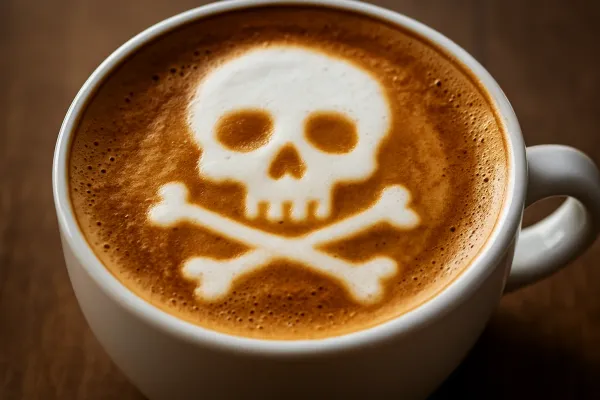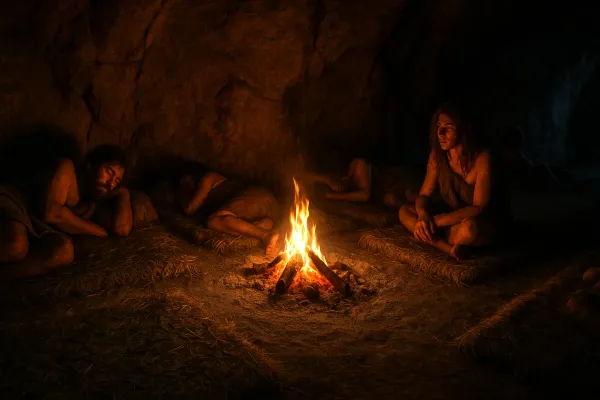Can You Burn Calories Just by Drinking Cold Water?
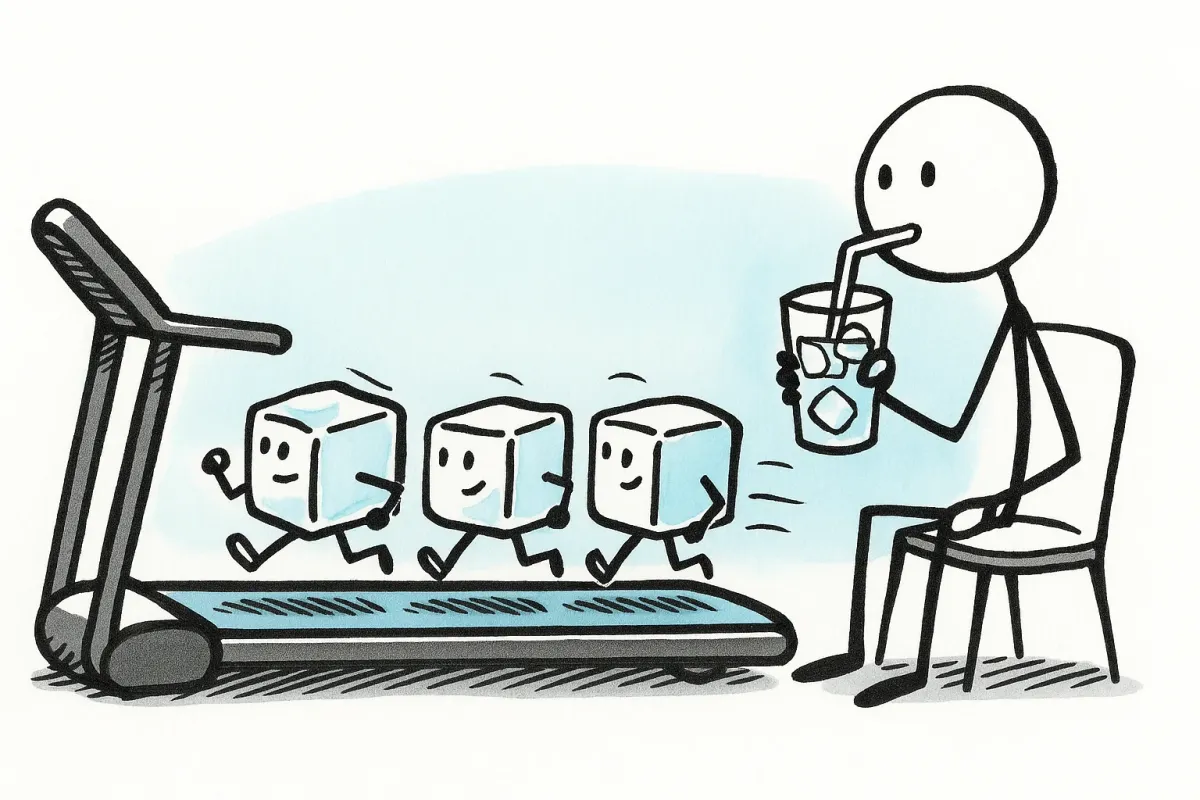
Imagine this: you’re sitting there, thinking about maybe going for a run, but then you spot your water bottle. It’s icy cold. You pick it up. And a brilliant idea zaps through your brain like lightning:
“What if I just drink this cold water and let my body do all the work? Like, if my body has to heat it up to 37°C, doesn’t that mean I’m burning calories? Is this… exercise now?”
Could this be the fitness hack of the century? Could you get shredded by doing nothing more than hydrating aggressively with cold water?
Let’s investigate.
❄️ The Ice-Cold Theory: Why This Even Makes Sense
So here’s the logic:
Your body likes being at 37°C. It works hard to stay there. If you pour 1 liter of water at 4°C into this carefully heated system, the laws of physics say your body now has a problem: it needs to raise that water's temperature by 33°C — or else your core temperature would start to drop.
And heating stuff takes energy.
Enter high school physics (or that one time you accidentally fell into a Wikipedia rabbit hole about thermodynamics):
Formula:
Energy (Q) = mass × specific heat × ΔT
For water:
- Mass = 1 kg (1 liter)
- Specific heat = 4.182 kJ/kg·°C[1]
- ΔT = 33 °C
Q = 1 × 4.182 × 33 = 138.0 kJ ≈ 33 kcal
So theoretically, your body has to use up 33 kilocalories just to warm that cold liter of water to body temperature.
Boom. Science.
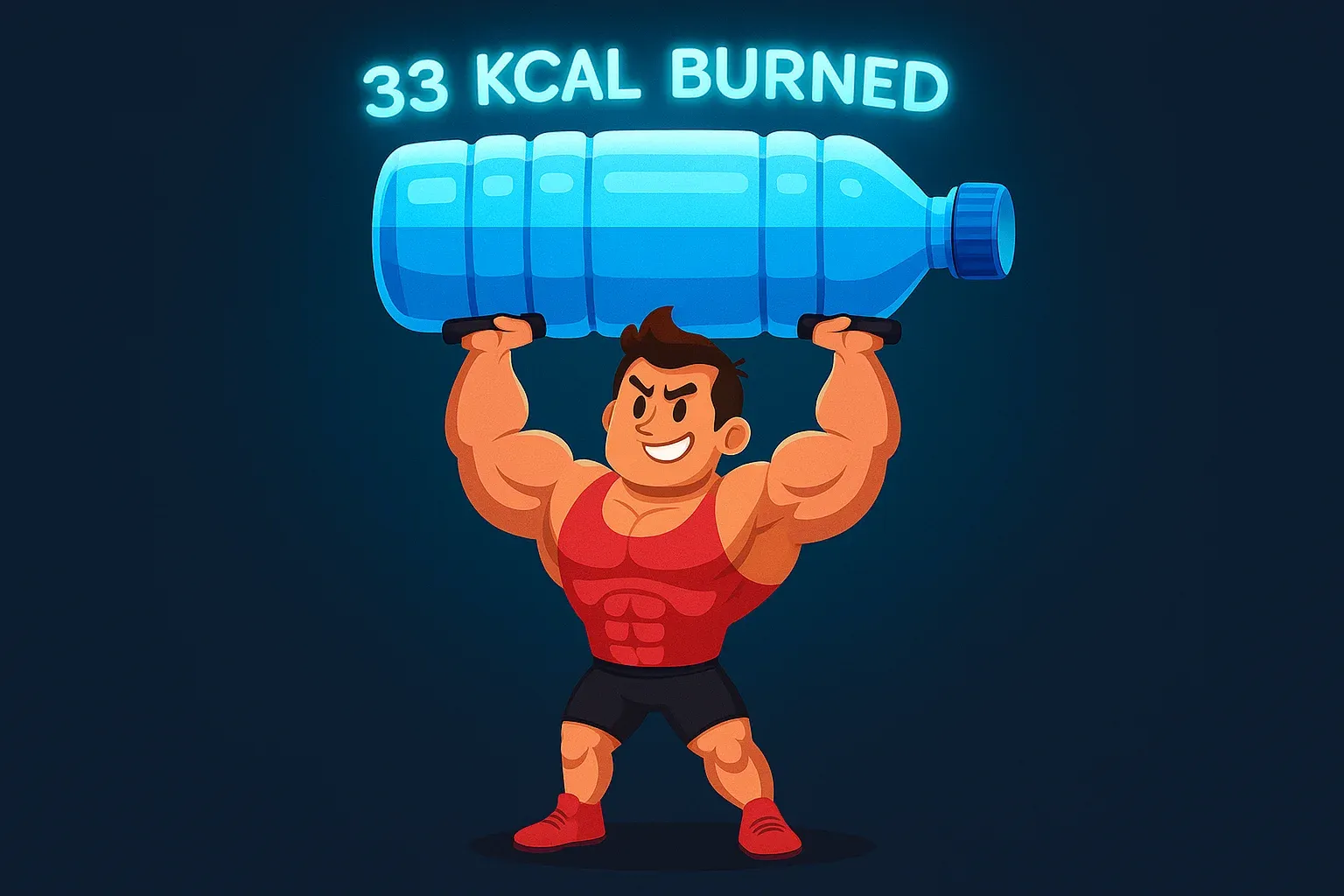
🧠 The Catch: Your Body Is Sneaky
But before you start chugging six liters of fridge water like it’s pre-workout, there’s a plot twist.
Your body isn’t just a dumb kettle that blindly heats whatever you toss into it.
When cold water hits your stomach, the body doesn’t just go “let’s torch some fat to heat this up!” It can also compensate by dialing down other heat losses — less blood to your skin, fewer sweat droplets, fewer heat-venting strategies overall.[2]
In other words: your body cheats.
Instead of generating all 33 kcal as new heat, it says, “Eh, I’ll just stop losing as much heat elsewhere.” It’s like instead of turning the thermostat up, you just close the windows.
This means the actual calories burned might be less than the theoretical max. A 2006 study found only a small bump (~4.5% over 60 min) with very cold water (3 °C)—well below the heat you’d expect just from warming it; and an earlier study estimated only ~40% of its effect was from warming, with the rest likely due to other mechanisms.[3][4]
💦 How Much Water = How Many Calories?
Here’s a breakdown of how many calories your body might burn warming different amounts of water from fridge to flesh temp (assuming no cheating):
| Water Temp | Volume | Heat Needed | Calories |
|---|---|---|---|
| 10 °C | 1 L | 112.9 kJ | 27 kcal |
| 4 °C | 1 L | 138.0 kJ | 33 kcal |
| 0 °C | 1 L | 154.7 kJ | 37 kcal |
| 0 °C ICE | 1 kg | 488 kJ | 117 kcal |
(That last one includes the latent heat of fusion needed to melt the ice[5]. Yes, science has a name for “making ice not ice.”)
Now imagine drinking 2 liters of fridge-cold water in a day. That’s ~66 kcal burned — if your body doesn’t cheat. Realistically, it will, and you’ll burn less.[2:1]
Still, let’s not dismiss it. That’s half a banana’s worth of effort. From water. That’s kind of cool.
🔽 The “Weight Loss by Water” Myth
Okay, but what if you went all in?
"I'll drink 4 liters a day! All ice-cold! That’s gotta be like... a Big Mac!"
Let’s calm down.
Even 4 liters at 4 °C would theoretically burn about 132 kcal. But again, in real bodies — not spreadsheets — you might only burn half of that, or less.
It’s like trying to power a spaceship with AA batteries. Technically possible. Practically… no.
So, while the idea is technically true (yes, cold water burns some calories), it’s not the hack that lets you cancel your gym membership and survive on popsicles.

🧊 What Cold Water Is Good For
Even if it’s not a calorie furnace, cold water is still good for a few things:
- It feels amazing in the heat. Ever had ice water after a summer jog? Bliss.
- It improves performance in hot environments. Especially for athletes, it can help delay overheating.[2:2]
- It replaces sugary drinks. This is the big one. If cold water keeps you away from soda, it’s not just burning a few kcal — it’s helping you avoid hundreds.[6]
Real weight change comes from that substitution, not the thermal math.
💬 Final Thought: So Is It Worth It?
If you enjoy cold water — drink it. If you don’t — still drink water, just not cold. You’ll survive either way. Just don’t fall for the idea that cold water is a hidden fat burner.
It’s not useless. But it’s not magic either. It’s somewhere between:
“A neat side effect” and “fun fact to annoy your friends with.”
Which, let’s be honest, is the best kind of science anyway.
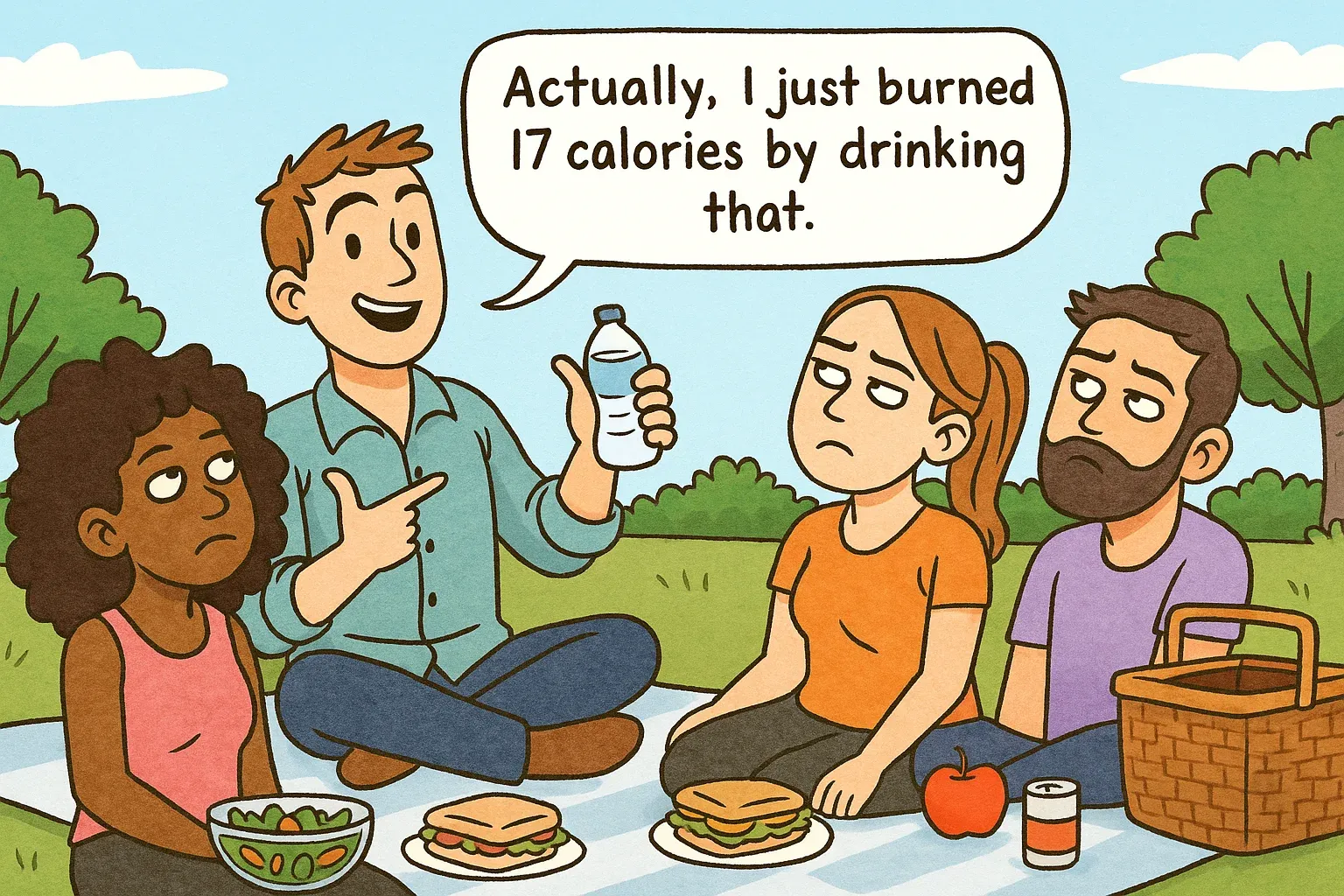
📚 Sources
Linstrom, P.J., & Mallard, W.G. (eds.), 2025. NIST Chemistry WebBook, SRD 69. National Institute of Standards and Technology. https://doi.org/10.18434/T4D303. Accessed 19 August 2025. ↩︎
Jay, O., Morris, N.B., & Flouris, A.D., 2018. Does Cold Water or Ice Slurry Ingestion During Exercise Elicit a Net Body Cooling Effect in the Heat? Sports Medicine, 48(2), 289–306. https://doi.org/10.1007/s40279-017-0842-8. Accessed 19 August 2025. ↩︎ ↩︎ ↩︎
Brown, C.M., Dulloo, A.G., & Montani, J.-P., 2006. The Effects of Osmolality and Water Temperature on Energy Expenditure in Humans. The Journal of Clinical Endocrinology & Metabolism, 91(9), 3598–3602. https://doi.org/10.1210/jc.2006-0407. Accessed 19 August 2025. ↩︎
Boschmann, M., et al., 2003. Water-Induced Thermogenesis. The Journal of Clinical Endocrinology & Metabolism, 88(12), 6015–6019. https://doi.org/10.1210/jc.2003-030780. Accessed 19 August 2025. ↩︎
Osborne, N.S., 1939. Heat of Fusion of Ice. A Revision. Journal of Research of the National Bureau of Standards, 23(6), 643–664. https://nvlpubs.nist.gov/nistpubs/jres/23/jresv23n6p643_A1b.pdf. Accessed 19 August 2025. ↩︎
Ebbeling, C.B., Feldman, H.A., Chomitz, V.R., Antonelli, T.A., Gortmaker, S.L., Osganian, S.K., & Ludwig, D.S., 2012. A Randomized Trial of Sugar-Sweetened Beverages and Adolescent Weight Change. The New England Journal of Medicine, 367(15), 1407–1416. https://doi.org/10.1056/NEJMoa1203388. Accessed 19 August 2025. ↩︎


